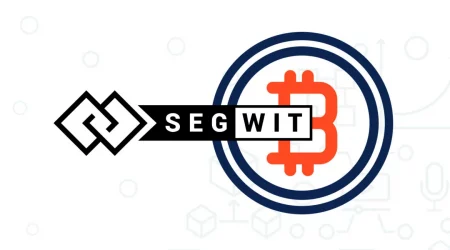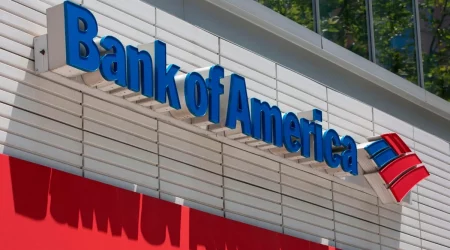How To Resolve Blockchain’s Scaling Problem?
The blockchain network was developed to hold an interaction between participants without any central authority.
The blockchain’s scaling problem arises because of the continuously growing number of nodes. Moreover, different factors are affecting the blockchain’s scalability. The Layer-1 and Layer-2 solutions could solve the blockchain’s scaling problem.
Polygon Nodes are the Layer-2 solution for the Ethereum blockchain, thus solving its scaling problem.
In this article, We have covered factors that are affecting blockchain scaling and the solutions required for blockchain scaling in detail below –
Table of Contents
4 factors affecting Blockchain’s Scalability –
Transaction Fees –
The users need to pay specific fees for verifying the transactions. Higher transaction fees depend on significant world events or rate fluctuations. It may even happen because of network congestion or transaction size; thus, high transaction fees are required to verify transactions.
Block Size –
The number of transactions is increasing on the blockchain. Thus, it leads to a time-intensive process to execute the transactions. If we take the example of the Bitcoin blockchain network, the block size is limited to 1 MB, which can hold 2,000 transactions. Thus, the growing number of transactions is impacting the block size and scalability.
Limitations –
The blockchain network experiences limitations related to hardware. And the difficult part of the hardware is maintaining the nodes for the expanding blockchain network.
Response Time –
In a blockchain network, every transaction should pass through a validation process. If we take the example of the Bitcoin network, building a new block takes time up to 10 minutes. During peak times, the time for validation of transactions increases. Thus, the response time is directly connected with the high transaction fees, which results in the blockchain’s scalability problem.
Blockchain Network Scaling Trilemma –
The Blockchain Network Scaling Trilemma is one of the critical concerns for the blockchain’s scalability.
The Scaling Trilemma is the concept that the blockchain network can hold 2 out of 3 traits, and those 3 traits are decentralization, scalability, and security. Improving scalability through permissioned networks has to compromise on decentralization.
3 Solutions for Blockchain’s Scalability –
Sharding –
One of the conventional choices is Sharding which can address the blockchain’s scalability through an on-chain scaling solution. Sharding is the Layer-1 solution for blockchain scalability. Sharding breaks down the transactions into smaller data which are known as “Shards.” The network processes those shards parallelly to work on multiple transactions. This move helps to divide the information among different nodes and ensure the consistency of information.
Consensus Mechanism –
Improving the consensus mechanism is the most recommended solution for the blockchain’s scalability. If we take the example of Bitcoin, the Proof-of-Work (PoW) consensus mechanism is used, which offers security but is significantly slow. Thus, many blockchains are looking forward to Proof-of-Stake (PoS) consensus mechanism as a solution for blockchain scalability.
Web3 infrastructure companies also help with blockchain protocols.
The Proof of Stake (PoS) consensus mechanism does not require miners to solve computational cryptographic algorithms. Adopting the PoS consensus mechanism in Ethereum could boost it by improving decentralization and security.
Nested Blockchain –
The Nested blockchain is the decentralized network that leverages the main blockchain to establish parameters required for the larger blockchains. The Nested blockchain is a Layer-2 solution aimed at resolving the blockchain’s scalability, ensuring the execution of transactions interconnected with secondary chains.
Closing Thoughts –
The solutions for the blockchain’s scalability are still in the experimental stage. The developers are trying to resolve the blockchain’s scalability through different methods. Moreover, the Layer-2 solution over the existing blockchain networks is found to be a promising solution for blockchain scalability. Still, it is too soon to round up the conclusion regarding the solution for blockchain’s scalability.
.












Leave a Reply